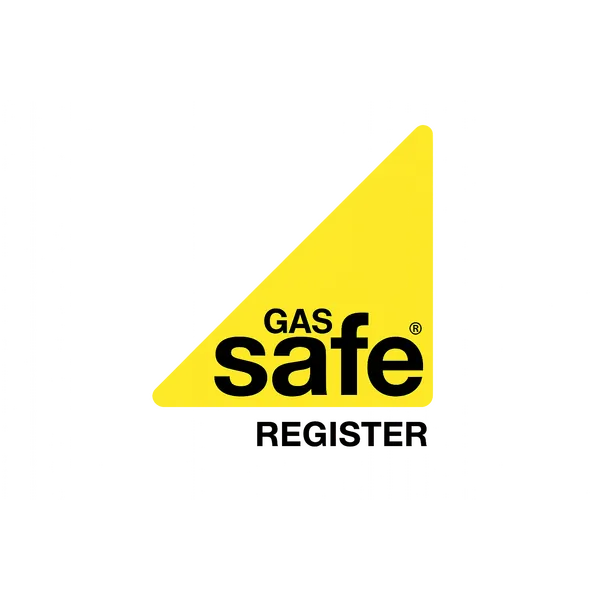In Roof Solar Panels
Find out the costs, pros and cons, and extra information about in roof or integrated solar panels.
What Are In-Roof Solar Panels?
In-roof solar panels, also known as integrated solar or building-integrated photovoltaics (BIPV), replace traditional roof tiles rather than sitting on top of them. They create a sleek, flush finish that many homeowners find more aesthetically pleasing than conventional on-roof systems.
How They Differ
Traditional panels:
- Mount on rails above existing tiles
- Create a raised profile
- Easier to install and maintain
- Better ventilation
In-roof panels:
- Replace roof covering
- Sit flush with roofline
- Weatherproof the roof
- Seamless appearance
Types of In-Roof Solar Systems
Solar Tiles
Individual tiles with integrated PV:
- Size: Similar to regular tiles
- Coverage: Entire roof possible
- Efficiency: Generally lower
- Cost: Premium option
Integrated Panel Systems
Larger panels replacing tile sections:
- GSE Integration: Market leader
- Viridian Solar: Popular UK option
- SolarCentury C21e: High efficiency
- Solarwatt: Glass-glass design
Hybrid Systems
Combining tiles and panels:
- Active and dummy tiles
- Cost-effective coverage
- Maintains uniform appearance
- Flexible design options
Costs of In-Roof Solar
Price Comparison
Typical UK installation costs:
Standard On-Roof System
- 4kW system: £5,000-£7,000
- Installation: 1-2 days
- No roofing work needed
In-Roof Integrated System
- 4kW system: £7,000-£10,000
- Installation: 2-4 days
- Includes roofing work
Premium Solar Tiles
- 4kW equivalent: £10,000-£15,000
- Installation: 3-5 days
- Complete roof integration
Cost Factors
Additional expenses include:
- Roofing labor
- Flashing kits
- Waterproofing materials
- Planning requirements
- Longer installation time
Advantages of In-Roof Solar
Aesthetic Benefits
- Sleek appearance: Flush with roofline
- Uniform look: No raised profile
- Property value: Enhanced curb appeal
- Planning friendly: Conservation areas
- Modern finish: Contemporary homes
Practical Advantages
- Weatherproofing: Replaces tiles
- New builds: Cost-effective
- Re-roofing: Two jobs in one
- Longevity: Protected components
- Security: Harder to remove
When Most Beneficial
Ideal situations:
- New build properties
- Major roof renovations
- Listed buildings (sometimes)
- Premium developments
- Design-conscious owners
Disadvantages of In-Roof Solar
Technical Drawbacks
- Reduced efficiency: Less cooling airflow
- Higher temperatures: 5-10°C hotter
- Power loss: Up to 5% reduction
- Maintenance access: More difficult
- Expansion limited: Fixed installation
Financial Considerations
- Higher upfront cost: 30-50% more
- Specialist installers: Limited availability
- Longer payback: Due to costs
- Insurance: May affect premiums
- Repairs: More complex
Installation Challenges
- Weather dependent
- Requires roofing skills
- Longer disruption
- Warranty complexities
- Limited retrofitting
Installation Process
New Build Installation
- Roof structure prepared
- Battens installed to level
- Mounting frames positioned
- Panels integrated with tiles
- Flashing ensures weatherproofing
- Electrical connections completed
Retrofit Installation
- Existing tiles removed
- Roof structure assessed
- Modifications if needed
- Integration system installed
- Weatherproofing critical
- Surrounding tiles adjusted
Performance Considerations
Heat Management
In-roof panels run hotter:
- Standard panels: 25°C above ambient
- In-roof panels: 30-35°C above ambient
- Performance impact: -0.4% per °C
- Annual loss: 3-5% typically
Mitigation Strategies
- Choose heat-tolerant panels
- Ensure roof ventilation
- Consider hybrid systems
- Use optimizers
- Monitor performance
Planning Permission
Generally Permitted
In-roof usually allowed under PD if:
- Not exceeding roofline
- Minimal visual impact
- Not in conservation area
- Building not listed
When Permission Needed
- Listed buildings
- Conservation areas
- National parks
- Significant visual change
- Local restrictions
Best In-Roof Products
GSE Integration System
- Market leader
- Universal compatibility
- Proven weatherproofing
- 10-year warranty
- Wide installer network
Viridian Clearline Fusion
- UK-designed
- Easy installation
- Cost-effective
- Good aesthetics
- Strong support
SolarCentury C21e
- Premium option
- High efficiency
- Excellent build
- Long warranties
- Professional grade
Maintenance and Repairs
Routine Maintenance
Similar to standard panels:
- Annual inspection
- Performance monitoring
- Occasional cleaning
- Electrical testing
Repair Considerations
More complex than on-roof:
- Panel replacement harder
- Roof access required
- Weather dependent
- Specialist needed
- Higher costs
Suitability Assessment
Ideal Candidates
In-roof works best for:
- New build homes
- Roof replacement projects
- Design-focused buyers
- Conservation properties
- Premium developments
Less Suitable For
Consider alternatives if:
- Existing good roof
- Budget constraints
- DIY maintenance planned
- Maximum efficiency needed
- Future expansion likely
Real-World Examples
New Build Success
Modern development features:
- Integrated from design
- Cost absorbed in build
- Uniform appearance
- High property values
- Buyer satisfaction
Retrofit Challenges
Older property issues:
- Complex integration
- Higher costs
- Extended timeline
- Mixed results
- Some efficiency loss
Future Developments
Technology Advances
Coming improvements:
- Better heat management
- Improved efficiency
- Easier installation
- Modular systems
- Smart integration
Market Trends
- Growing popularity
- Reducing costs
- More options
- Better training
- Standardization
Making the Decision
Choose In-Roof If:
- ✅ Building/renovating
- ✅ Aesthetics priority
- ✅ Long-term ownership
- ✅ Premium budget
- ✅ Planning restrictions
Choose On-Roof If:
- ✅ Existing roof good
- ✅ Budget conscious
- ✅ Maximum efficiency
- ✅ Quick installation
- ✅ Future flexibility
Professional Advice
Specialist Installers
Essential requirements:
- Roofing experience
- Electrical qualifications
- Product training
- Insurance coverage
- Warranty backing
Key Questions
Ask installers:
- Previous installations?
- Weatherproofing guarantee?
- Performance projections?
- Maintenance requirements?
- Total project timeline?
Conclusion
In-roof solar panels offer an aesthetically superior solution for those prioritizing appearance and building integration. While they cost more and may perform slightly less efficiently than traditional on-roof systems, they're ideal for new builds, renovations, and properties where visual impact matters.
The decision between in-roof and on-roof ultimately depends on your specific circumstances, budget, and priorities. For existing homes with good roofs, traditional panels usually offer better value. For new builds or re-roofing projects, in-roof systems can be cost-effective and visually stunning.
CRG Direct installs both in-roof and on-roof solar systems. Our experts can assess your property and requirements to recommend the most suitable solution. Contact us for an honest evaluation of whether in-roof solar panels are right for your home.















